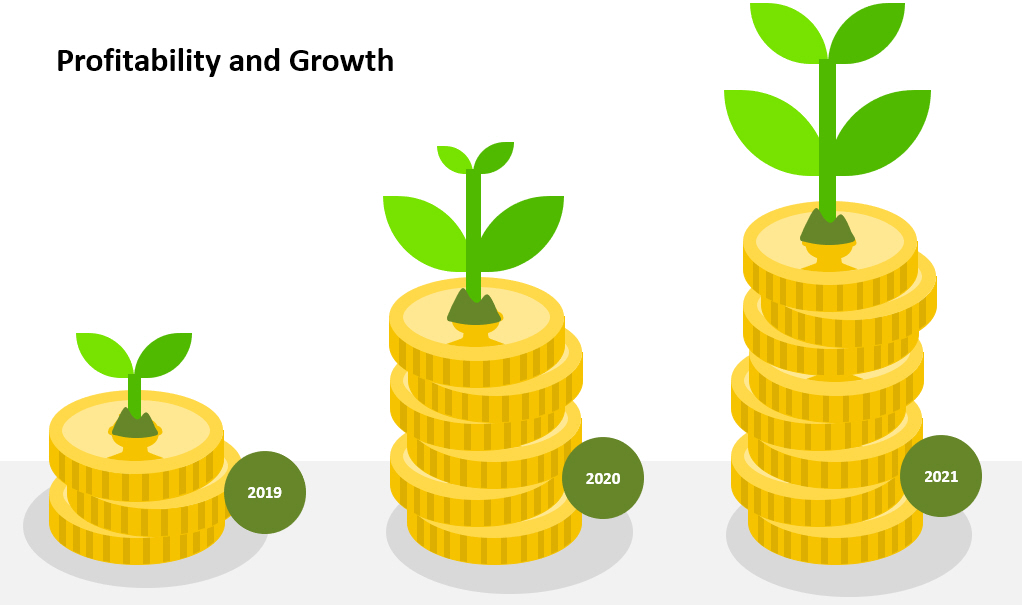Profitability – learning notes
The learning notes can be found here.
Profit
In the previous session we saw that liquidity needs to be carefully managed, especially in times of economic depression/recession, if a business is to survive. The current pandemic provides a vivid example of this.
However, in order to grow and provide a return to investors a business must make profits i.e. create wealth. In this session we’ll look at the various concepts of profit encountered in a set of financial statements, and how profitability can be evaluated.
Profit is a difficult concept to understand, and, as we’ll see here, there are lots of different profit figures provided in a company’s financial statements. Not only is profit a difficult concept to understand, there are many ‘versions’ of it. So try not to use the term ‘profit’ without labelling it e.g. ‘gross profit’, ‘net profit’, ‘profit before tax’, and so on.

Profitability
Profitability is profit relative to size. It is based on the rather simple idea that the bigger a business is, the bigger its profit should be.
So, if Company B is twice as big as Company A we might expect it to make twice as much profit if it is equally profitable.
So, looking at profit relative to size can be meaningful concept.
However, size is also a difficult concept and there are different ways of measuring it.
There can be an inverse relationship between profitability and liquidity. Increasing profitability can usually only be achieved by sacrificing liquidity. It’s a balancing act – greater profitability can mean lower liquidity.
We’ll finish this next time and look in greater detail how profitability and liquidity depend on good working capital management.
Case study
If we have time we shall start looking at Moor plc. Teaching slides here. Suggested solution here.
[ADD] Directed private study
Review your understanding of this week’s lecture material
Locate and download the most recent financial statements for Tesco [follow link] and calculate profitability ratios (this week’s work) and liquidity ratios (from last week).
Could you please provide us the suggested solution?
Hi Qi
The solution is now at:
https://ecourse.co.uk/questions/sol_moor.pdf
Best wishes
Donald
For the case study|(Moor plc.)
Could you please provide us the suggested solution?
Thank you so much in advance
Hi there
The case study is for Monday’s lecture. We’ll look at it then. Please have a look at it yourself before the lecture.
Best wishes
Donald